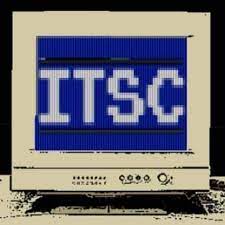How function calling paves the way for seamless integration of Large Language Models with external tools and APIs
The moment I discovered that Large Language Models (LLMs) had gained the ability to interact with external tools and APIs, I knew nothing would ever be the same.
Does this move us closer to achieving Artificial General Intelligence (AGI)? Maybe not, but it undeniably ushers in a whole new era for AI: one where LLMs can execute anything that you can put in a function. Now, this may seem heretical, but for me, this brings us closer to my vision of AGI , since I’m not one to fantasize about sentient machines or other sci-fi narratives.
Just picture this: an AI agent that takes full ownership of a task, communicates with other agents operating online, fetches data, and returns with exactly what you wished for. This transformative capability not only redefines our interaction with the internet, but it reshapes our thought processes as well.
Fast forward a few years: imagine wanting to plan a vacation. The first step won’t be to search for tickets online, but rather, to instruct an AI agent to plan and organize everything, from start to finish. You’ll only know it’s done when a couple of confirmation emails land in your inbox — that’s if email is still a thing — and your credit card shows a charge.
But let’s not get too far ahead. Even in our current reality, you can create agents that execute whatever is programmatically possible. It requires some effort on your part, though. You’ll need to familiarize yourself with the new function-calling ability of the OpenAI model family, and create the custom tool that your model will utilize.
That’s where this blog post comes in. Consider this a hands-on guide to bring your AI agent to life — one that can create events on your personal Google Calendar account. However, by simply changing the function the LLM calls, the world is your oyster. Ready to dive in?
Learning Rate is a newsletter for those who are curious about the world of ML and MLOps. If you want to learn more about topics like this subscribe here. You’ll hear from me on the last Sunday of every…
This post originally appeared on TechToday.
